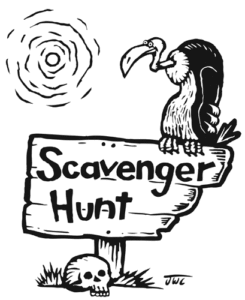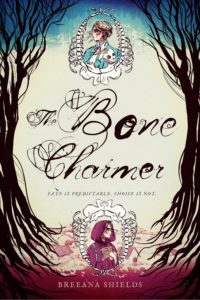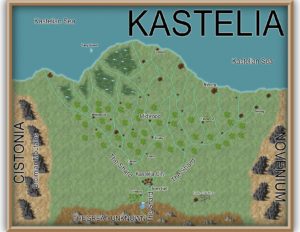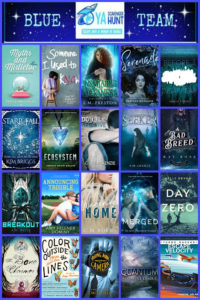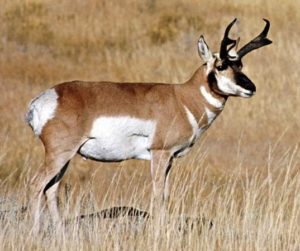Post Title: YA Scavenger Hunt
Go to the YA Scavenger Hunt page to find out all about the hunt. There are FOUR contests going on simultaneously, and you can enter one or all! We are a part of the BLUE TEAM–but there is also a red team, a purple team, and a gold team for a chance to win a whole different set of books!
If you’d like to find out more about the hunt, see links to all the authors participating, and see the full list of prizes up for grabs, go to the YA Scavenger Hunt page.
SCAVENGER HUNT PUZZLE
When she’s not writing, Breeana loves reading, traveling, and playing board games with her extremely competitive family. She lives near Washington D.C. with her husband, her three children, and two adorable, but spoiled dogs.
The Bone Charmer
On the day of Saskia’s kenning―a special bone reading that determines the apprenticeships of all seventeen-year-olds―her worst fear comes true. She receives an assignment to train as a Bone Charmer, a seer, like her mother. Saskia knows her mother saw multiple paths for her, yet chose the one she knew Saskia wouldn’t want. Their argument leads to a fracture in one of the bones, with the devastating result of splitting Saskia’s future. Now she will live her two potential paths simultaneously: one where she’s forced to confront her magic, and one where she tries to run from it. But when both paths become entangled in the plot of a rogue Charmer, Saskia learns that no future is safe, and some choices have unimaginable consequences. Only one future can survive. And Saskia’s life is in danger in both.
You can buy The Bone Charmer here.
|
EXCLUSIVE CONTENT
Here is my bonus material. “I’ve always wanted to write a book with a beautiful map in the front. Setting is so important—especially in a fantasy—and as I was writing THE BONE CHARMER, I put a lot of thought into creating the world. I really wanted the environment to mirror the novel in symbolic ways. Because THE BONE CHARMER is all about fate vs. free will and reflections on paths not taken, I built Kastelia—the fictional country where the duology takes place—on a delta. Kastelia is situated along a river called the Shard, which branches off into many tributaries that lead to the various towns and villages. Ariel photos of delta river systems are beautiful—they look like giant trees with thick trunks and slender branches. THE BONE CHARMER doesn’t have a map in front, but I did create one of my own—a crude version just for my reference. (Sadly, I have no artistic ability.). But today I’m sharing it for the first time so you can get a sneak peek of how I imagine Kastelia. And maybe someday I’ll hire someone to do the map justice, so I can have a beautiful illustration to hang on my wall.” Enjoy this never-before-seen map of Kastelia, the setting for both THE BONE CHARMER (out now) and THE BONE THIEF (coming in May). |
And don’t forget to enter the contest for a chance to win a ton of books by us, Breeana Shields, and more! To enter, you need to know that my favorite number is 100. Add up all the favorite numbers of the authors on the blue team and you’ll have all the secret code to enter for the grand prize. Just check out all these great books on Team Blue!
Thank you so much for visiting our website! While you’re here don’t forget to enter the Rafflecopter bonus contest we are running exclusively during the YA Scavenger Hunt. One lucky winner will receive a $25 gift card to Barnes & Noble! Good luck everyone!
